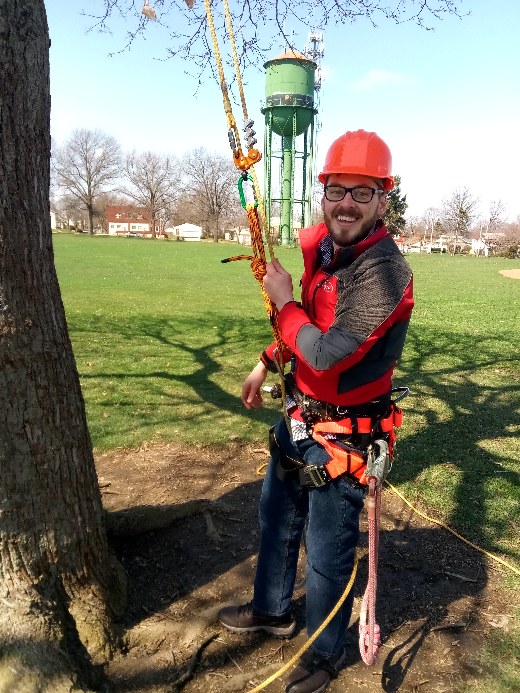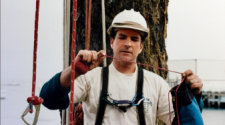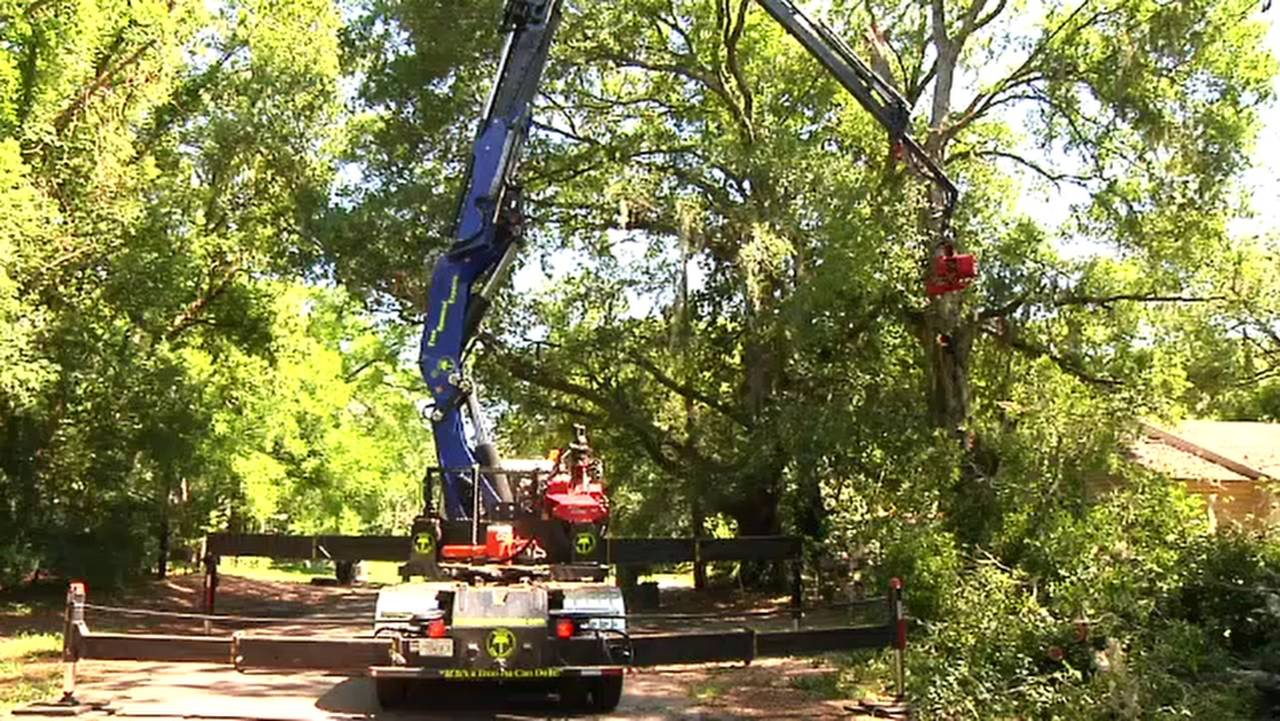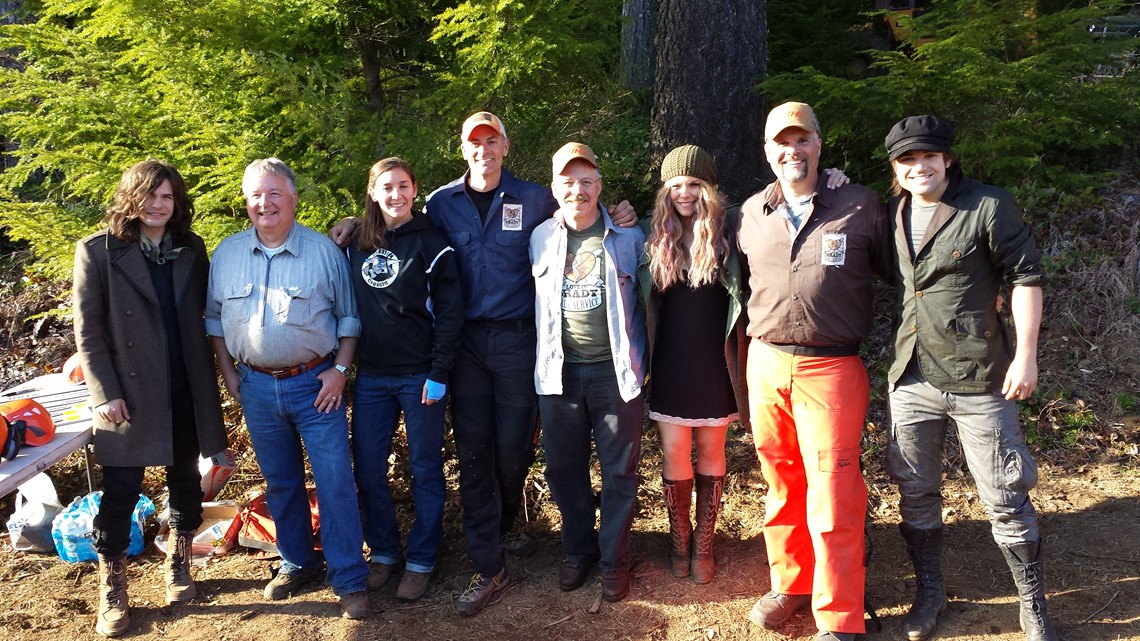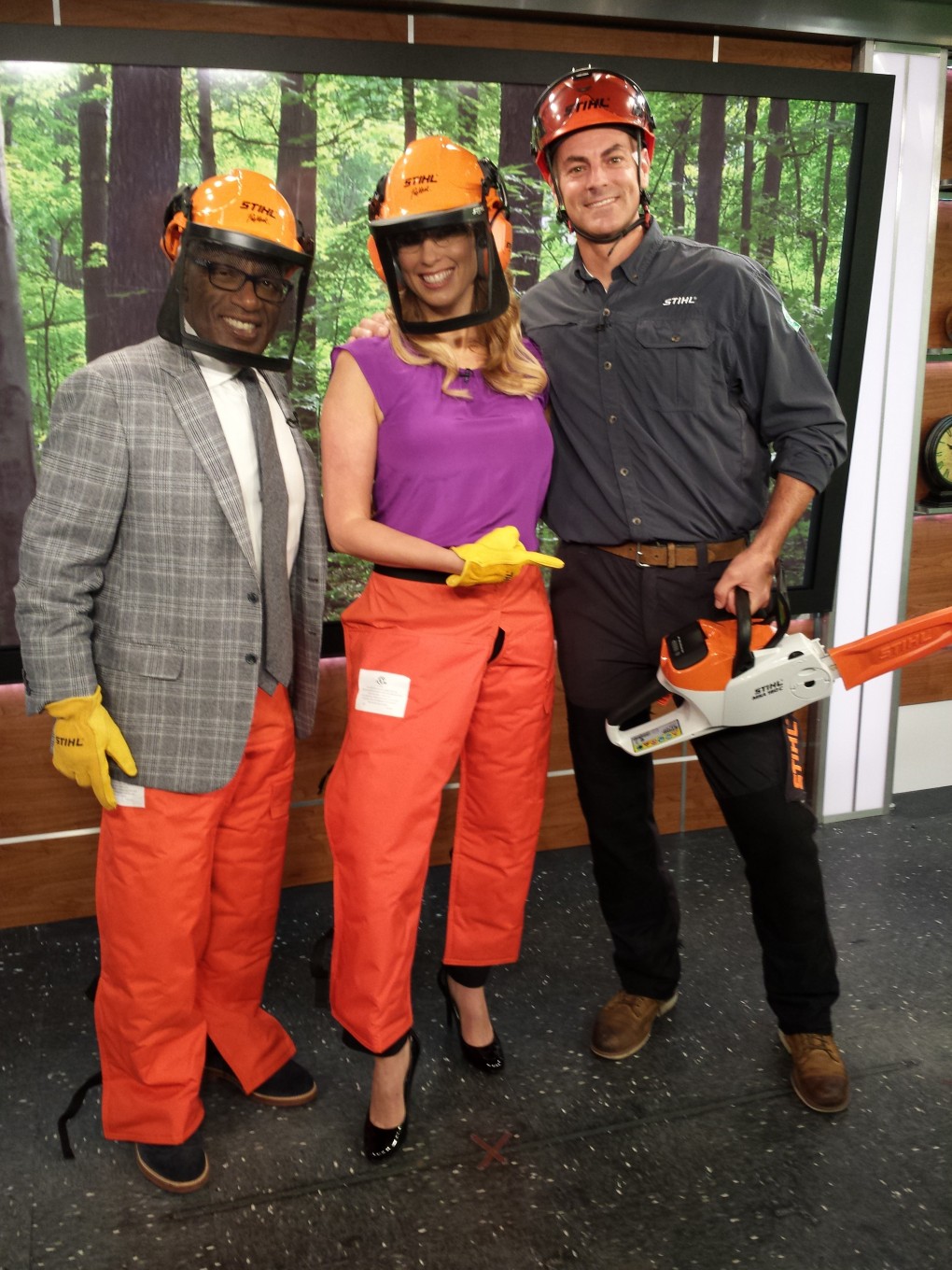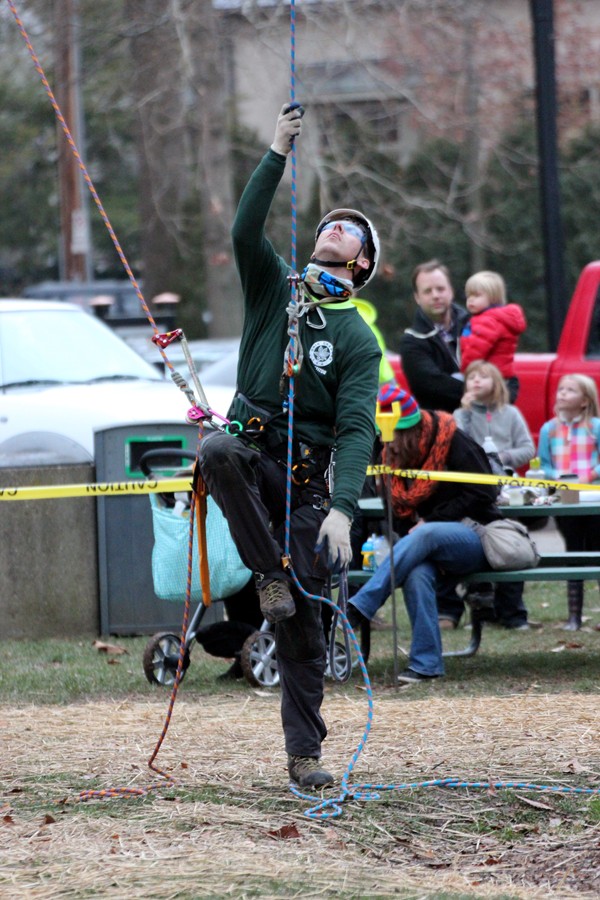Face-to-Face Education Matters: Instructors Make the Training
Alex Subak, School Director, ACRT Arborist Training
In my role as School Director, I frequently encounter resistance to the idea of in-person training. Besides the cost of the training itself, employees have to take time off work to get the training, there might be transportation costs as well as lodging, and employers worry about the efficacy of the whole endeavor; do I really need this training? What will my company get from this? Can’t we just do this online? I will answer the stated questions and reiterate while face-to-face training still matters as we move into a digital future.
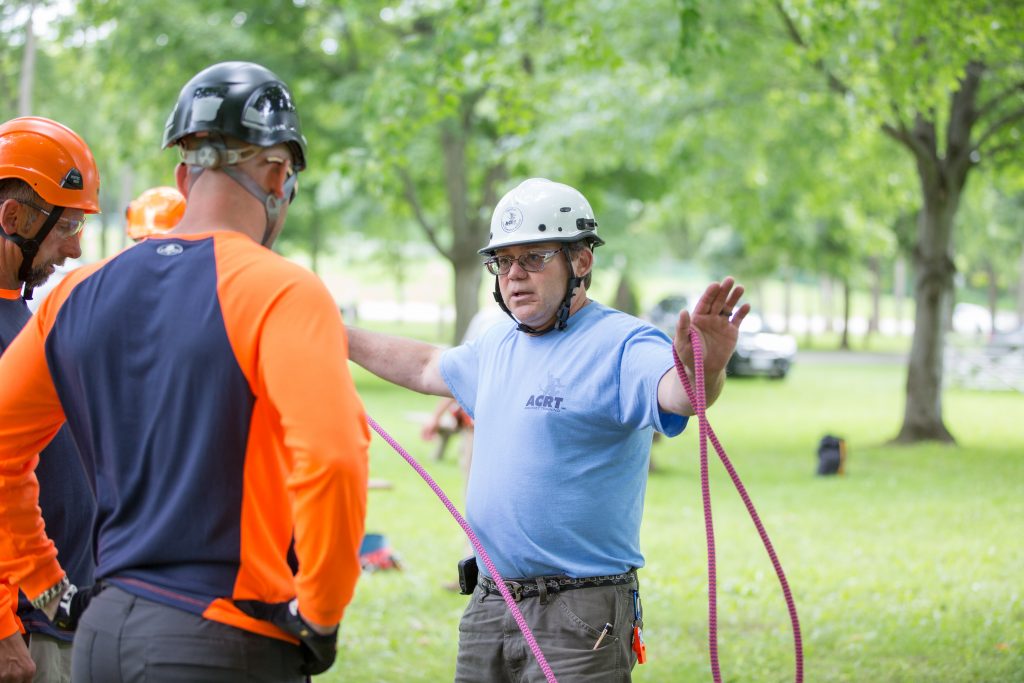
First of all, my aim is not to impugn or disparage the state of online learning or training. With the ubiquitous nature of the Internet and a general connection to the online world in all facets of our lives, it would be foolish to not leverage online resources. In my industry however, a very hands-on industry, the need for face-to-face training is still paramount.
Being able to make the proper cut when removing sections of a Red Maple becomes very important when you realize a six-foot section can weigh as much as 800-1000lbs. When we take into account that an arborist might be 50 feet in the air when he makes the cuts, and that each tree they are working on could have a different challenge or unique character, we can start to see why a video explaining how to make the cuts may not satisfy the safety training arborists are required to go through. If you were up there and planning where to drop the log, would you be comfortable knowing it would happen just as it happened in a video lesson?
I use online resources, including documentation and videos, to help supplement the training that we provide to our clients. These are important aspects of the training, but the most important part of the training is not the equipment, the price, the weather or what books are being used; it is the trainer themselves. Time after time, the reviews for the training we provide state that the instructor made the training, that without them, the class would not have been the same. Typically supervisors and office managers ask for the same instructor time and again for future trainings, and it starts to become a challenge trying to fit everything on their schedule! But that is a good problem to have.
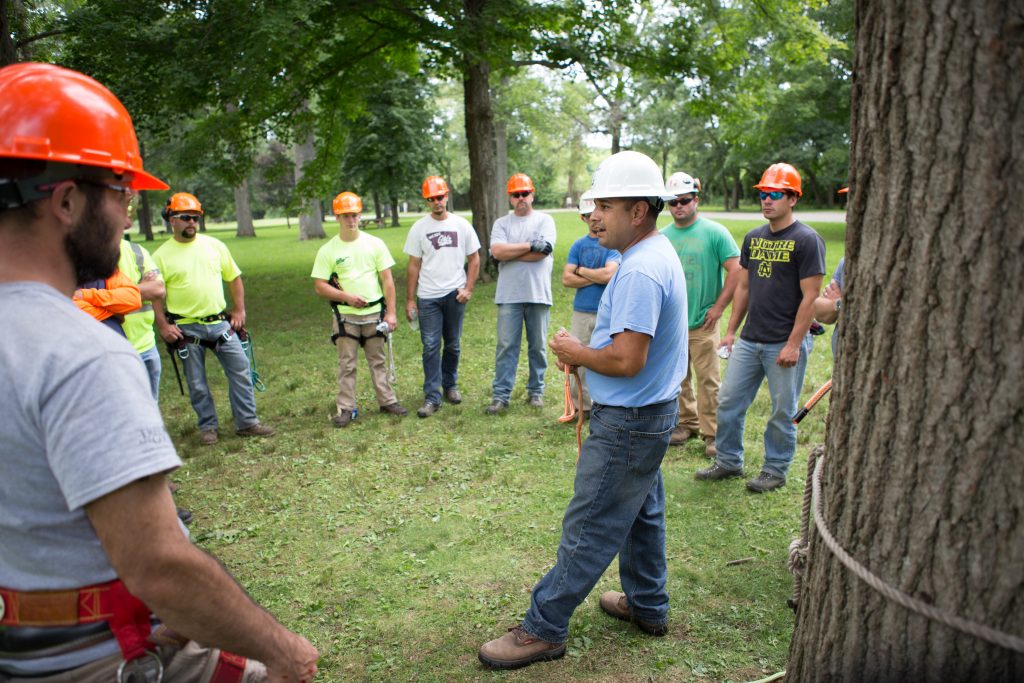
My company provides a product and we aim to provide the best product we can. Face-to-face training is essential in our business because it is such a tactile industry that depends on a physical exchange between an arborist and their work. We find that many of the students in our classes and participants in our trainings have a mind for tactile learning as well. Having the instructor there to tell them how to do a task, to then show them the task, and finally to guide them in completing the task is a benefit to their learning process. Without an instructor in the field with them on even in the aerial lift while they plan their cuts, an essential component of how they will complete their job is lost. What you get from us is a dedicated instructor, a boot on the ground, an expert resource to consult in the extremely important world of safety concerns in our industry.
To follow up the idea of safety, one question still remains unanswered; do I really need to have this training? The answer lies in the ANSI Z133-2017, the standards for Arboricultural Operations and in the pages of OSHA documentation on the subject. And the short answer is yes, you have to provide training for your employees, and the amount and type of training has to be appropriate for the work they are going to be doing. If they will be working within 10 feet of an energized object, they have to be qualified to do such work and trained in the nominal voltage of lines they will encounter. In my line of work, I have encountered many crew leaders and supervisors who know they need the training but can’t quite make out what exactly they need.

Our instructors are experienced, professional, safety-minded, and committed to teaching all arborists in their training classes the skills they need to know. They serve a vital role in an ever-increasing digital world; a physical presence who can guide a new or a seasoned arborist through the dangerous work that is a hallmark of the industry. When training is mandated and safety is the goal, having a trainer in a face-to-face setting can be the difference in seeing what you should do in an emergency and knowing what to do. Even when we don’t end up doing a training class for a client, the instructors are committed to following up with all inquiries and working to promote safety and training in their daily lives. Physical instructors have been an important component of the industry for years and will continue to be important even as we move into an online future.
Alex Subak finished his Bachelor of Arts degrees in English and History from Kent State University in 2008, and he later completed his Masters of Arts in Teaching (MAT) and received his teaching certificate. Knowing how information is and will be transmitted, he took a teaching position at an online school and taught there for 6 years. Alex has been with the Arborist Training department of ACRT for a year and looks forward to being instrumental in the conversations about how training is delivered in the modern corporate environment and how adults can be best guided to complete their work safely and effectively.


